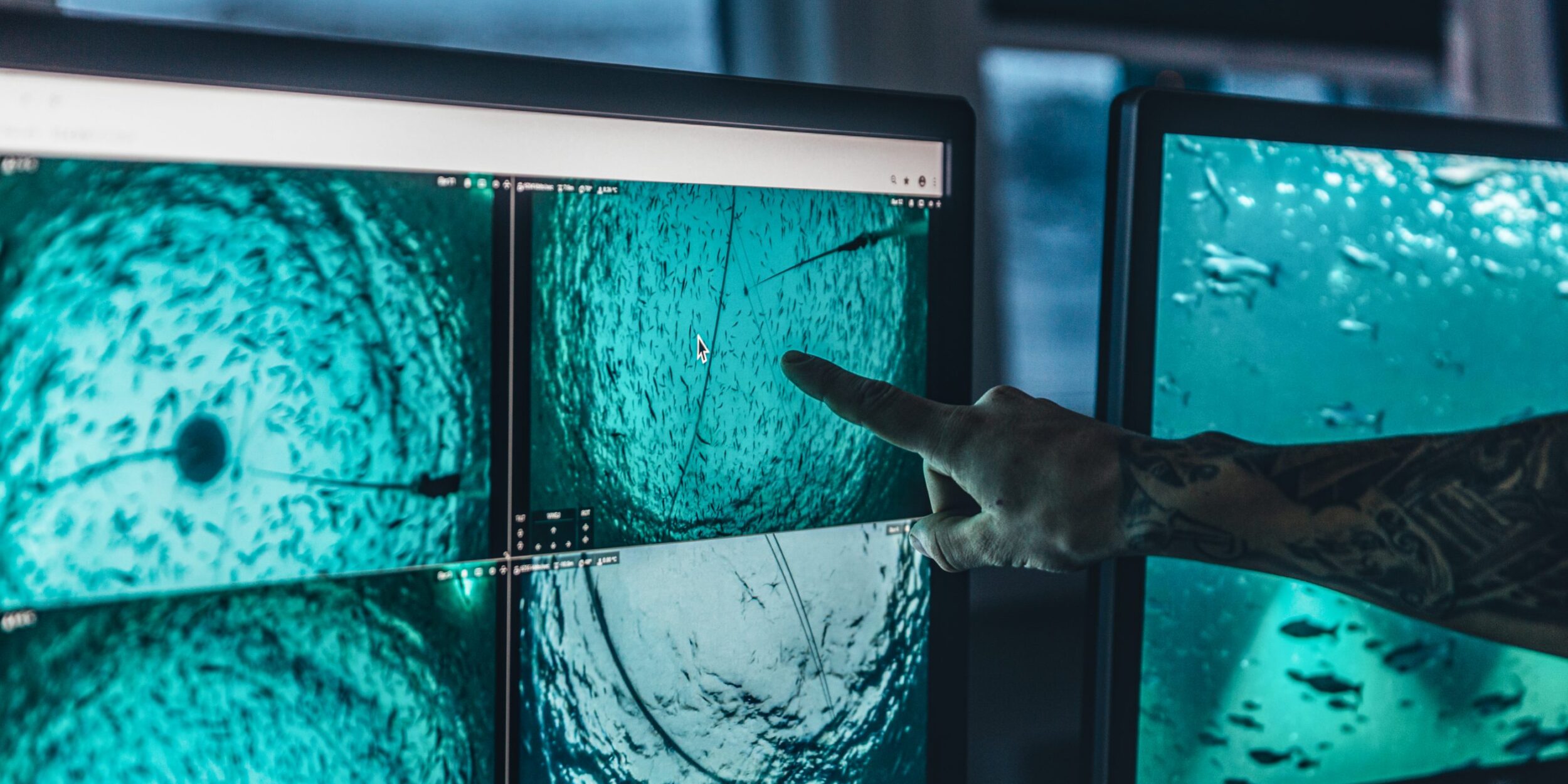
All about seafood farming
Learn more about seafood farming and the crucial role responsible aquaculture can play to help feed a growing global population.
Aquaculture is the practice of farming seafood. It’s like agriculture, but done with fish, crustaceans, shellfish and seaweed. Aquaculture businesses breed and harvest plants and animals in water – fresh water or seawater – and prepare them for human consumption.
Aquaculture already provides over half of all the fish product that we eat in the world. It’s the world’s fastest-growing food-producing sector and will play a crucial role in helping to feed a planet with an ever-growing population.
We need aquaculture for many reasons:
- producing food for humans to eat
- helping rebuild populations of threatened and endangered species
- restoring habitats
- boosting wild stocks of freshwater and seawater species
- breeding fish for aquariums and public education
What are the different types of aquaculture?
There are two main methods used in fish farming: in natural environments and in onshore tanks.
Fish farming in natural environments
Fish like salmon, trout, sea bass, sea bream are farmed in floating cages anchored to the seabed in seawater. The cages are made of nets
Fish like trout, arctic char, or smolt (young salmon) are raised in ponds or cages in fresh water. These will also be anchored in place.
Fish farming in onshore tanks
This is where fish grow in special rearing tanks filled with water. The tanks are filled with either fresh water or seawater, depending on the species being farmed.
In some farms the water is used only once (open system), in others the water is recycled (closed or recirculation system).
Shrimp farming is carried out in brackish water, in ponds or open ground tanks, in tropical and subtropical zones. Shellfish such as oysters, mussels and clams can be grown on rope or in pockets.
Algaculture is the name for the farming of species of algae.
Aquaculture: Benefits and challenges
We need aquaculture to help feed the world. By 2050, there will 9.7 billion people on the planet, according to the UN, and this growth will put huge pressure on food production in general, and fish in particular.
Wild stocks of many fish are under massive pressure already. Some 33% of wild fish stocks have already reached their biological limit because of destructive fishing practices and overfishing. What this means is that wild fish stocks don’t have time to replenish before they are fished again. The world needs aquaculture or fish farming to help meet the ever-growing demand for seafood and provide people in developing countries with healthy protein, while reducing the pressure on wild fish.
Aquaculture already produces more than half of fish eaten in the world today. But this rapid growth in demand also brings challenges. Badly managed fish farms can create a number of serious problems, including:
- water pollution
- damage to the local environment
- poor working conditions
The bigger the aquaculture industry becomes, the greater its potential impact – for good or bad – on the environment, on workers and on local communities. So this is our mission here at ASC: to help the industry to play its crucial part in feeding a growing global population while respecting the planet and its people. We want to help minimize the industry’s impact on climate change and protect fish welfare, too.
Do your bit: Look for the logo!
We set standards and oversee an independent certification process to ensure that any seafood products you buy and eat have been produced responsibly. Just look for the sea green ASC logo!

